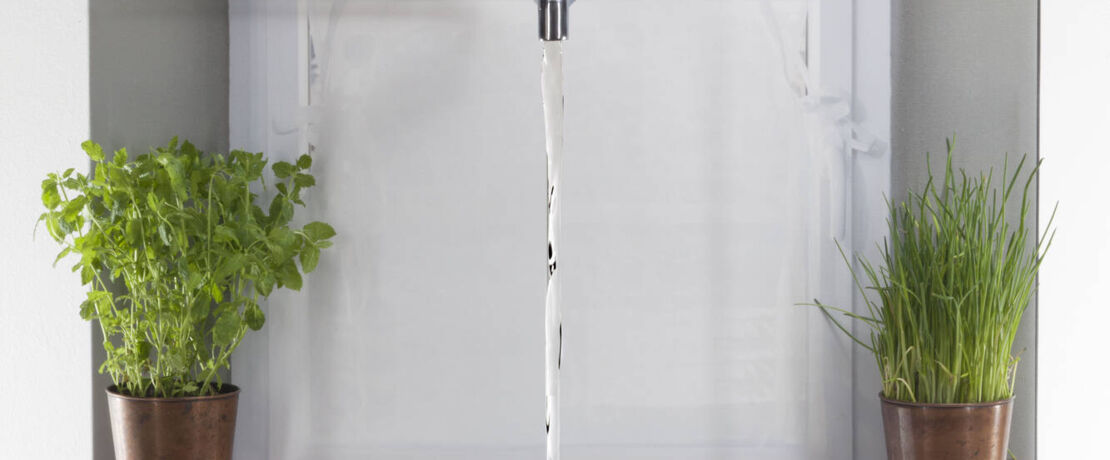
Crosslinking
Dynasylan® SILFIN for cables and thermostable pipes
Crosslinking polyethylene imparts mechanical and thermal stability to cables and pipes. Silane crosslinking processes are especially economical and environmentally friendly.
Polyethylene (PE) is a thermoplastic – it can be melted and shaped within a specific temperature range. It has a wide range of uses, including for packaging materials and especially cables and piping. Non-crosslinked PE can deform and even crack above a certain temperature, so it is limited to applications in which the operating temperature is significantly below its melting temperature. Crosslinking is the only way to enable the material to be used at temperatures above 100 degrees Celsius.
Crosslinked polyethylene makes cables and pipes more stable and heat-resistant
Crosslinking polyethylene for cables and pipes has been a widely used process for decades. It is used to improve the plastic’s thermoplastic stability and expand its range of applications considerably. Crosslinked polyethylene (PEX or XLPE) has especially good mechanical properties: It does not deform even at much higher temperatures and is especially resistant to stress cracks.
The cable and piping industry predominantly uses XLPE and mineral-filled polyolefins or rubbers, for example in insulation for high-voltage cables (ELPE cables) and drinking water pipes. These need to be especially stable given the fluctuating temperatures and high pressures to which they are exposed. Silane crosslinking uses a chemical reaction to crosslink the plastic molecules to form a three-dimensional network. The pipes become harder and tougher, and their melting point increases.
Silane crosslinking is the most efficient process
There are various crosslinking processes, including those using peroxides (PEX-a), radiation (PEX-c) or silanes (PEX-b). Peroxides and radiation work in a similar mechanistic way: Radicals are formed, which then recombine to create a chemical bond between the molecules. The new chemical bond improves the mechanical performance in the polyethylene PEX.
However, PEX-a is possible only in a very small temperature window to prevent crosslinking before the product is shaped. PEX-c, on the other hand, requires high investments in special equipment that is also comparatively cost-intensive to run.
PEX-b – crosslinking polyethylene using organofunctional silanes – has therefore proved to be the most economical process. Since production takes place on conventional machines, this process requires next to no investment, and achieves excellent results – even with low quantities of silanes.
Grafting and crosslinking
What makes this process so special is that the polymer is chemically modified in the first stage. To achieve the reaction, vinyl silanes are grafted onto a polymer chain. This increases the spacing between the polyethylene chains and makes the polymer more flexible and elastic, while retaining its heat-resistant properties and versatility in terms of its applications. The subsequent crosslinking takes place outside the extruder and is activated in a water quench, in a steam chamber or under ambient conditions.
With Dynasylan® SILFIN, Evonik provides tailored mixtures of vinyl silanes, crosslinking catalysts and other components for grafting and crosslinking polyethylene. Dynasylan® SILFIN is an environmentally friendly solution for crosslinking in cable and pipe extrusion.
The benefits at a glance:
- Even small quantities of silane deliver excellent material properties for the end application
- Silane crosslinking is an environmentally friendly technology
- Low investment costs thanks to processing on conventional extruders
- High production throughput rates possible
- Broad processing temperature window ensures flexible processing
- Crosslinking outside the melt retains the density of the polyethylene
- Good mechanical properties in the crosslinked polymer: high resistance to temperature and pressure without impacting flexibility and elasticity
- Product types suitable for drinking water pipes
